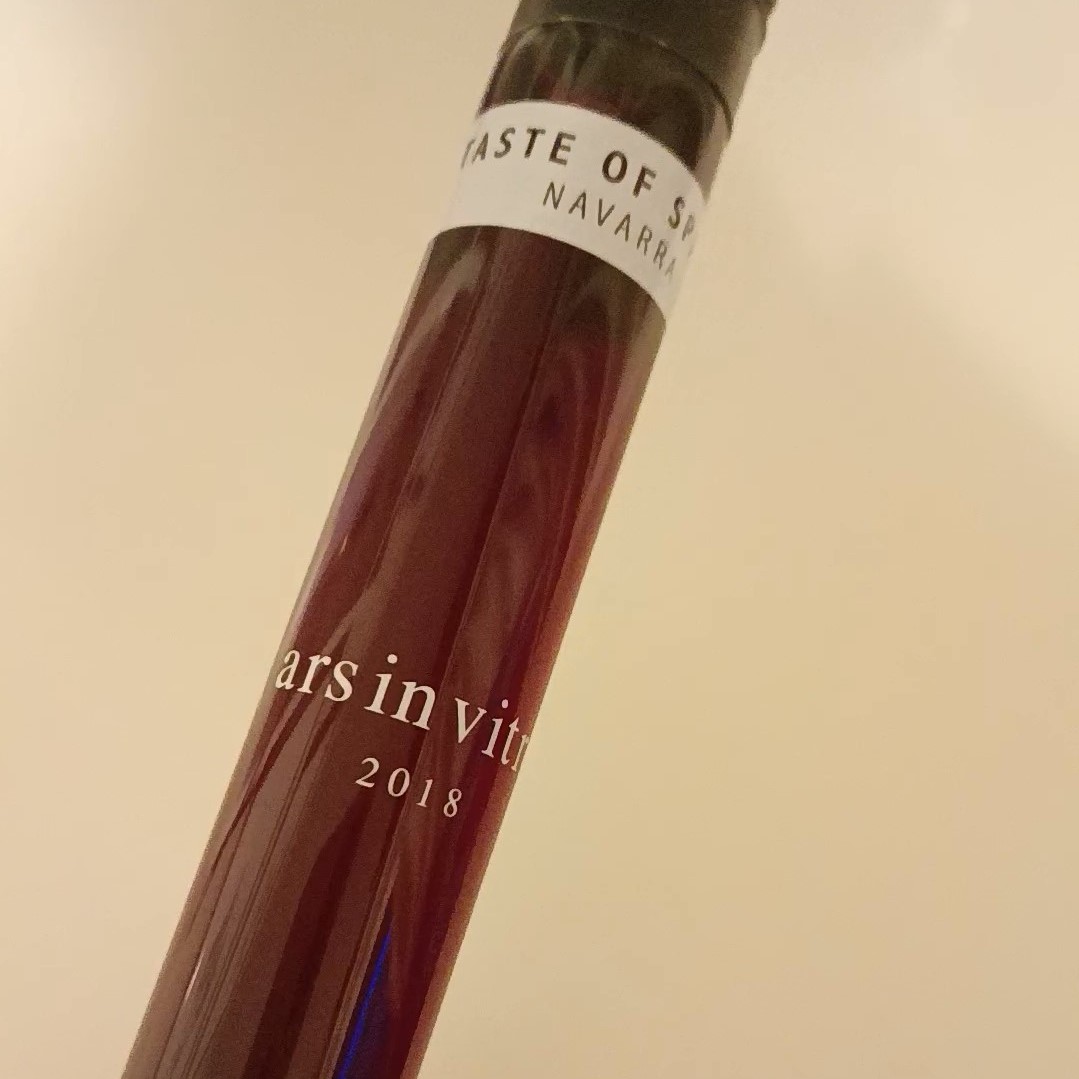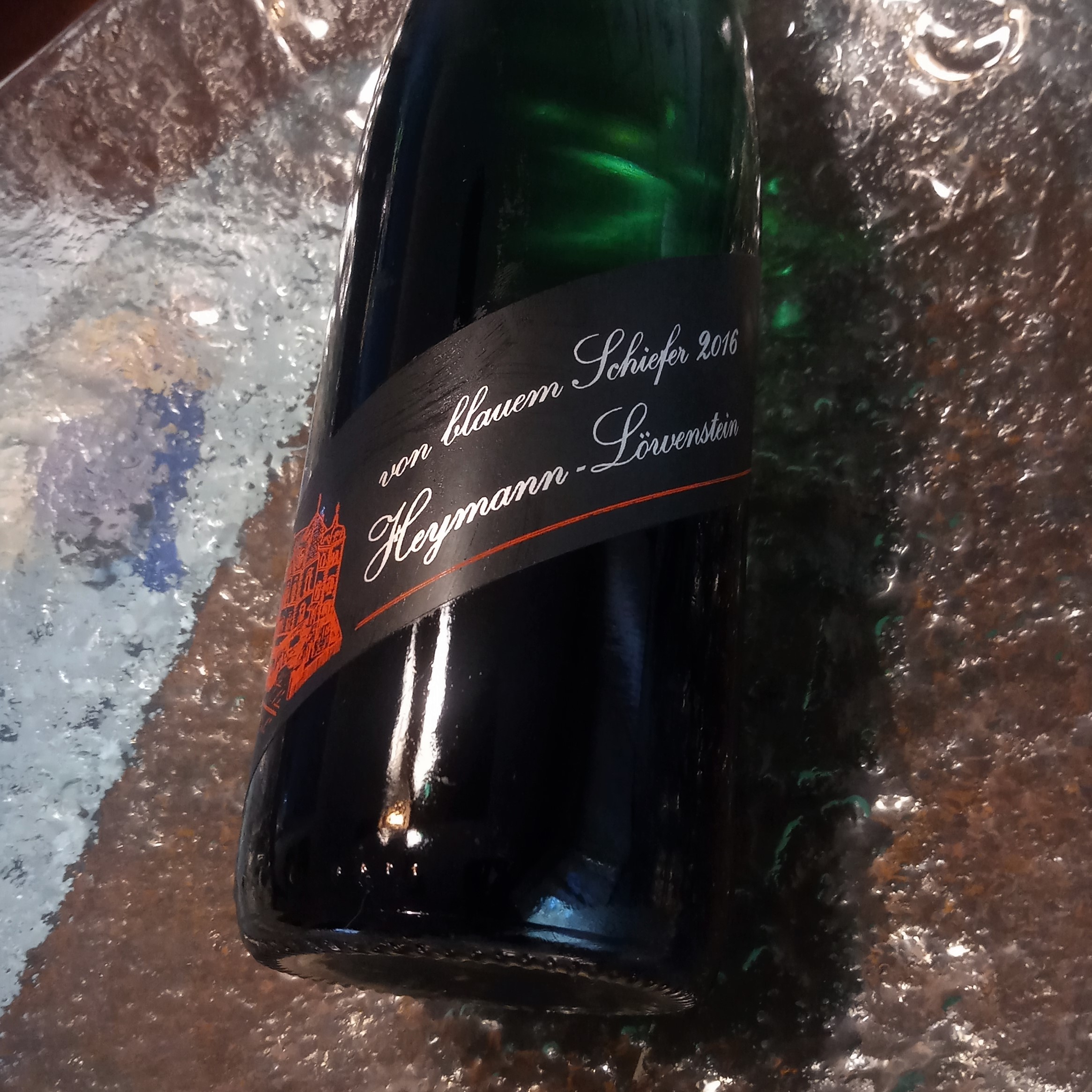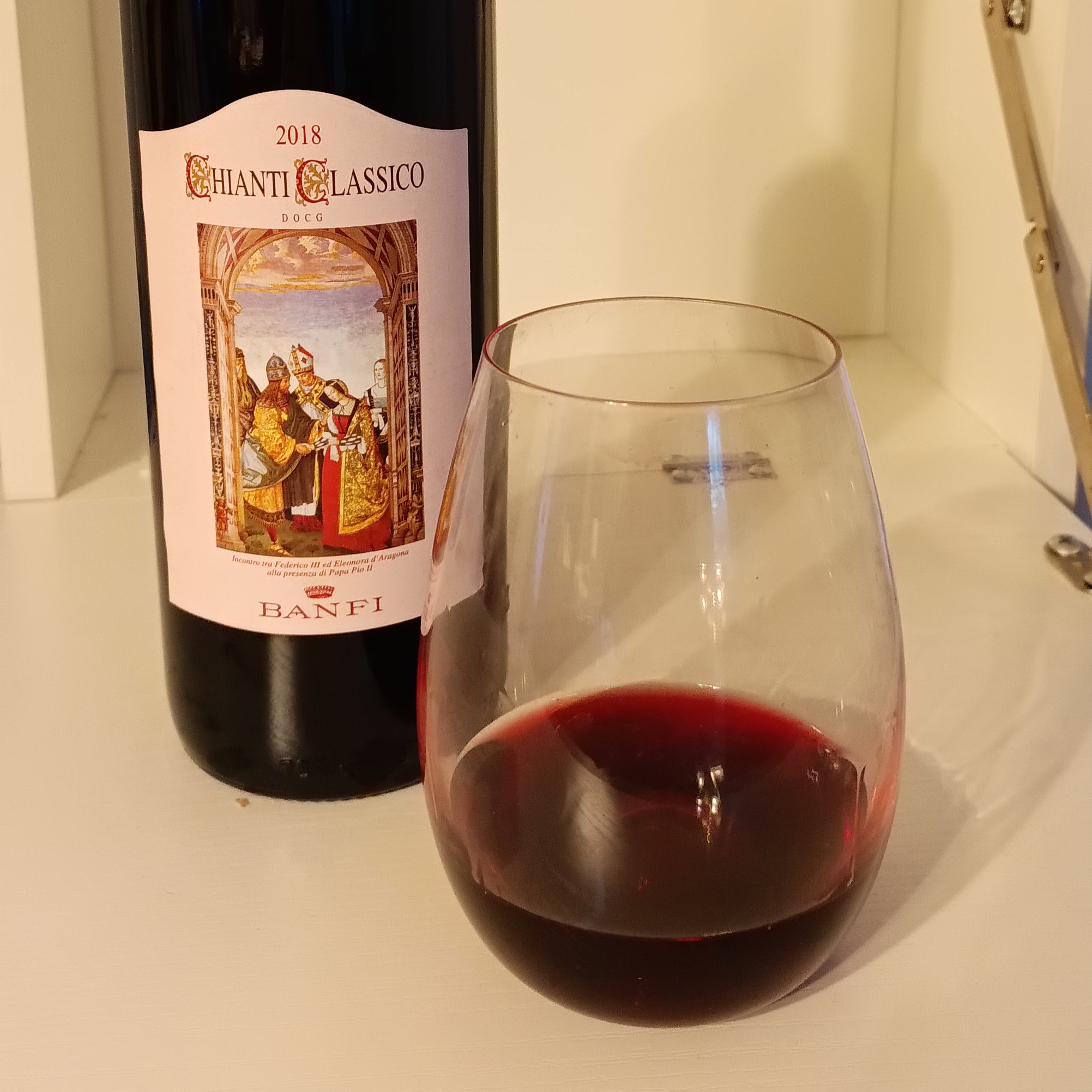Episode Transcript
Speaker 0 00:00:00 Hello, enthusiasts and welcome back to wine and the bottle, the podcast for wine nerds of all levels. I'm your wine and spirit education trust level three certified host Sarah. And today we are visiting Spain through the magic of its wines. Spain has the largest plantings of vineyards in the world with over 2.9 million acres of vines. France comes in second with around 2 million acres and Italy is third with 1.73 million. The United States while being a bohemoth country only has about 1.1 million acres of vines. Spanish wine exports consists of nearly two thirds of their total production volume. The EU and the United States are the two largest buyers and wild temper Neo rules. The land, there are many great varieties to celebrate Albarino and I ran dominate the white wine world much like in Portugal. Albarino is mostly grown on the Northwest coast, benefiting from the Atlantic sea breeze.
Speaker 0 00:01:13 These white wines are crisp and citrusy and peachy, and it's long been thought that the Atlantic air deposits a hint of salinity that you can still taste in. The final line I ran on the other hand is somewhat more tropical and less Zippy. It is usually used in blends, but is also significantly used in the production of Brandy. Temporary. Neo is the most widely associated grape with Spanish red wine. If you see real hot on a wine bottle, you can say with a good deal of certainty, that there is temper Neo in that bottle, it can withstand long periods of Oak aging, which made it a traditionally popular blending grape. And it gives longevity to just about any blend. Most often temper Neo is blended with these softer and more delicate. Guarnaccia also known as Grenache to make a wine with Jamey red fruit flavors, medium to high acidity and medium body Guarnaccia on its own has concentrated red fruit and herbs characteristics, and has the potential for high sugar development on the vine, which results in a high alcohol wine.
Speaker 0 00:02:27 Next is stra AKA more Vedra. This grape produces a somewhat high tannin and full-bodied red often with notes of dark berries, charred meat, cocoa, and tobacco leaf. It's usually Oak aged and can last forever, depending on the wine making style, it can be cellared for easily, a decade or more. The last grape variety I want to mention is Bo ball, a Spanish specialist variety. It's actually the second most planted grape variety in all of Spain. Bowball has bright black fruit, licorice and tea leaf characteristics, medium body, and tannins, and medium to high acidity. In other words, it's a fantastic daily drinker that will pair well with everything, but it is hard to find outside of Spain. Now we can't talk about Spain without briefly mentioning Sherry this Ormandy and Irby fortified white wine often consumed as an aperitif and favored particularly by William Shakespeare is named after the region in which it is produced Herez Spain or to daft old English explorers.
Speaker 0 00:03:46 Sherry, all Sherry starts as dry white wine and is produced in a couple of styles. Fino is dry and bready produced by allowing a thick film of yeast to grow on top of the white wine while immatures, this is called floor. It is the lightest color of all the Sherry's. There is also Oloroso Sherry the darkest of the Sherry's while it is still white wine. The color is a rich ruddy brown, which develops during the oxidation process. Airspace is left in the barrel in the vein of Fino Sherry, but by fortifying, the base wine to above 17% floor cannot grow during maturation. This allows the wine to come in contact with air and develop nutty butterscotch and dried fruit characteristics. It is also a suite style. All styles of Sherry are matured in a tiered multi barrel system called a Solera. And I could probably do an entire episode on Sherry.
Speaker 0 00:04:52 So for today I will leave it there back to dry wine. Traditionally Spanish wine was a blend of local varieties, matured for a considerable amount of time in American Oak lending, a potent Oak quality, specifically coconut cinnamon and dill that has somewhat fallen out of favor. White Rio haha is an Oak matured white blend that has a distinct and complex style, very unlike other old world white lines. However, producers noticed the decline in popularity of the aged oaky style and started to change their philosophies. Many of the wines coming out of Spain today are seemingly more new world, meaning that you are more likely to see single varietal wine with more fruit character and less obvious or better integrated Oak characteristics, international varieties like Cabernet Sauvignon, and Merlow are making way into blends more often as well. And producers are starting to use more innovative research driven methods rather than solely relying on old traditions. Both of the wines that I've chosen to try today happen to be in the new world style. So let's get into tasting.
Speaker 1 00:06:18 So the example of Spanish wine that I have today is called beheaded from Alicante Spain. And that means pirate ship in Spanish. And it's a 2020 vintage single varietals Mona swell, which is more veteran in the glass. It is a pale Ruby color. I can read print through the deepest core of the glass. And the first thing that I smell is milk chocolate strawberries. There's something dusty about it, plus some tobacco smoke. So it really opens up after a good swirl and you start to get some of that characteristic, charred meat out of the Moana style. It's a little chilly in my house. So I think observing it to cold, medium acidity and high tannins they're present, but not super grippy. So I can feel the tannins on my tongue. I can feel the tannins on my cheeks and on my gums, but it's light.
Speaker 1 00:07:18 It's just there to give structure, not to rip your face off. Most prevalent flavor on the palette is charred wood, little bit of gaming, anise and red plum strawberry and red plum. The fruit is still very much there. This is pretty much all primary fruit. I just got something Irby like Terragon, almost sweet margarine, maybe definitely Herbie though. This is a really good standalone wine for being a 2020. It's still pretty young. As of the time of recording this, it is February of 2022, or I think that this would age very well. It's not terribly complex, the red fruit and the little bit of herbs, but it's a solid table. Wind. It holds up. This is in fact an unoaked expression of Maness Terrelle. So all of that smoky, charred characteristic is coming from the grape itself of all the vineyard plantings in Alicante, Spain, 75% of them are Mona strep.
Speaker 1 00:08:23 So you'll find several different examples of Mona <inaudible> from this region. There's also a local specialty called foam Deion. I'm sure I'm not pronouncing that correctly, but fun Dion is made from <inaudible> that has been allowed to overripe in the resulting wine is sweet and usually fortified and allowed to oxidize. This develops unique caramel butterscotch raise any characteristics. Our second example is a bodega tandem, ours in vitro red blend. It's mostly temper Neo with a hint of Merlow I think 15%. And it comes from Nevara Spain. It's a 2018 vintage. So it is a little bit older, but keeping with the theme, this wine is also made in a slightly more new world method, no Oak insight aged 24 months in concrete to preserve the varietal characteristics. Bodega tandem has a really interesting story. It was founded in 2003 by a group of friends who were all winemakers very much with new world styles in mind, they do everything minimal intervention, no Oak, no cold stabilization.
Speaker 1 00:09:58 Everything in the winery is gravity fed. So the grapes are brought in on the top level and processed through the winery via gravity systems. The grapes for the hours in vitro are sourced from the cooler climate via Yeti and Nevara. So I am expecting higher acidity. We're looking at a deeper Ruby color than the previous wine consistent coloration all the way through the rim. First impressions are cranberry cherry raspberry mushroom blueberry earth, wet leaves tertiary. So I get bright primary red fruit and tertiary earthy notes, and a little bit at the end of the nose underneath all of the layers, just a hint of crushed violet. I lost some strong tenants, chalky, a stringent, much more floral on the palette for me. I usually get the floral on the palette more than the nose. I still get the red fruit on the palette. Um, full body, highest at a D as predicted, not for the faint of heart.
Speaker 1 00:11:23 It does have a little bit of a bitter cranberry finish, like unsweetened cranberry juice. I get a little bit of Urbanus on this one too specifically time, but this is not a wine that I would recommend as a standalone wine. This is one that you would want to consume with food. Personally. This would go really well with a nice cheesy risotto. I do think that this could age and mellow out a little bit in a couple of years. It's a 2018 and it is currently 2022. I would give it at least two, three more years and see what happens. The flavors don't necessarily wow. Me. They're not highly concentrated. And the tannins are just too grippy and a stringent it's drinkable.
Speaker 0 00:12:15 Well there you have it enthusiastic. Thank you for joining me on this overview of Spanish wine. Don't forget to subscribe. If you'd like to hear more stories about the vast world of wine and let me know in the comments, if you have a favorite from Spain until we share our next glass, cheers.



